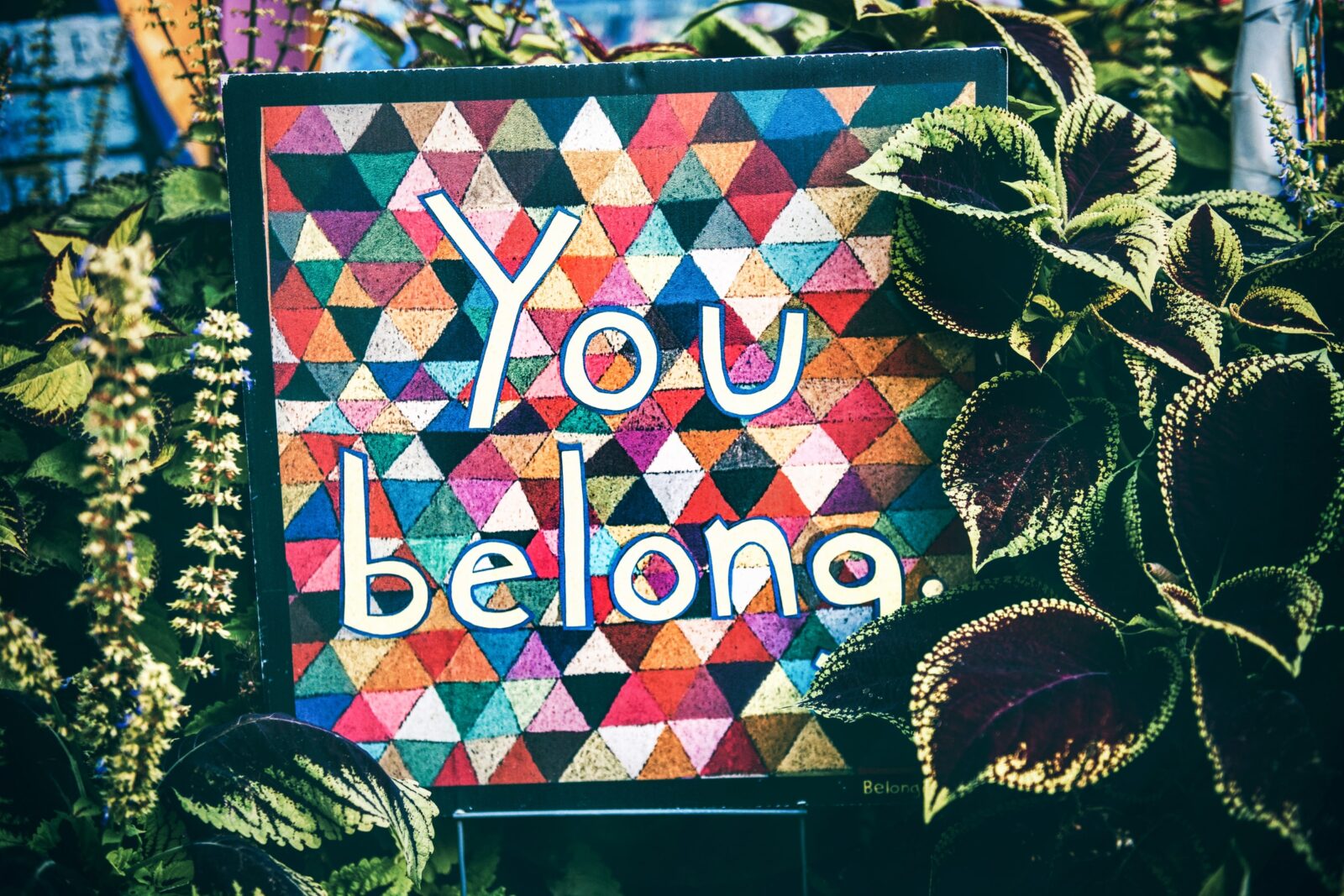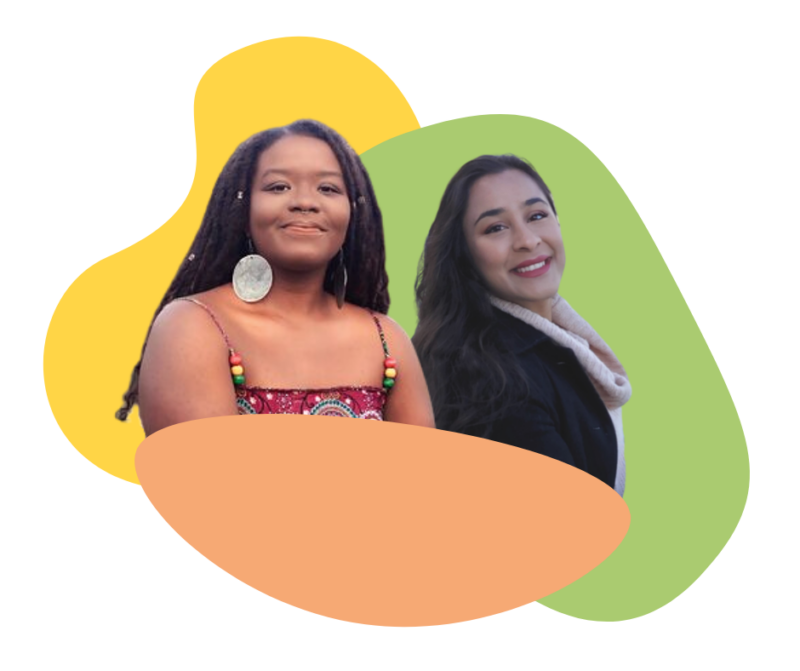
Centering Equity and Justice in Program Design
Earlier this year we hosted a learning series, called Stories, Skills, and Mindsets for Inclusive Collaboration, where we heard from four inspiring leaders about the innovative strategies they’re using to support inclusive collaboration as they work toward the United Nations (UN) Sustainable Development Goals and strive for social and climate justice in their communities. At our second event, we heard from Juhi Sohani and Yasmine Hassen to learn about favouring a more equitable and just program design.
If the past few years of cultural wakening and behavioural shifts have taught us anything, it’s that we are capable of pivoting more than we ever thought possible. With all this change, we’ve been spending more and more time reflecting as individuals, as community members, and as organizations on what social change, equity, and justice look like to us.
In the second event in our SDG Hub Learning Series on Stories, Skills and Mindsets for Inclusive Collaboration, we were joined by Juhi Sohani, manager of communication and partnerships, and Yasmine Hassen, manager of program development and facilitation, from Community Knowledge Exchange to discuss centring equity and justice in program design. According to Yasmine, they’ve seen this reflection firsthand in their community but it’s also an active practice in their work. “When we’re thinking of equity and justice, they’re broad words. But how do we push these words to have tangible outcomes in program design?” asks Yasmine.
Often in the non-profit space, there’s a tendency to take the work, knowledge, and experiences of the staff and absorb it into the core of the organization and claim it as the organization’s. But program designers and managers need to be thinking of where this knowledge is coming from, whose knowledge is being centered, and how it can be honoured and integrated it into our design practice.
When we say honouring and centring, what does that mean? It could mean working with traditional knowledge systems, recognizing generational leadership, and cultivating more equitable spaces that promote reflection, equity, and action. By doing this we increase access to the necessary resources and supports for community leaders to thrive. Yasmine says for them, this requires a shift from the individual-centered, output-driven approach to ones centered in co-creation, reciprocal relationships, reflection, and collective learning.
When it comes to designing programs, that means no longer focusing only on the outputs. Instead, making a space for people to dream, to rest, and build relationships. As Yasmine puts it,
“It’s not about writing a report or creating a project, it’s about centering the core participants at the heart of what we’re doing. People over profit. It’s always about the people.”
Building on this idea, Juhi stresses the importance of rest and reflection in program design. It’s an important tool for social change and also an active process. Rest can look different depending on the person. “Without rest, you can feel burnt out, emotionally and physically drained, and not your full self,” says Juhi. She continues,
“That’s why we’re centering rest and renewal into what we call social change or social justice work, especially for people who are at the forefront of this work every single day.”
If you’re reading this and reflecting on how rest isn’t part of your programs at the moment, you’re not alone. We can all do more to integrate this into our work. There is so much transformative change taking place led by the folks at the community level but people are burning out because resourcing doesn’t actually get to the people who need it. This can be especially true when the work you’re doing directly impacts you and your community.
So what can non-profit professionals and grassroots organizers do to change this? We need to disrupt the top-down relationship between institutions and communities and instead empower those on the frontlines. We can work toward this by centering equity and justice in program design.
How? By being specific to the types of futures we are trying to realize. In addition to having a mandate or a goal, we need to make it clear how to make that a reality. For example, an organization trying to fight climate change needs to be clear about what needs to be done to address climate injustice, and what role that organization is playing in doing so. This could look like centring leadership acts that are at the intersection of climate and gender justice, which is specific and something to concretely work towards.
In addition to being specific, program designers also need to practice accountability and clearly articulate their values and commitments. This creates a space where the community can more clearly hold organizations accountable as they work to align all aspects of the organization to their core principals.
Finally, we also need to recognize the roots and the ongoing application of work on the frontlines. This one is important because so many elements of traditional program design, like reporting, are rooted in the colonial idea that having outputs and some type of ‘growth’ is required. These often arbitrary metrics do not serve our communities and traditional evaluation techniques generally fail to acknowledge the cultural context in which its processes and outcomes exist.
A decolonial approach to program design would allow us to acknowledge and dismantle the power imbalances that permeate these processes and re-establish objectives that serve our communities.
For a start, this could look like gathering data from alternative sources, breaking the confines of less culturally relevant forms of evaluation, and focusing on relationship building and establishing trust.
Successful program design needs built-in space for not only rest, specificity, accountability, and recognition, but also reflection and the flexibility to pivot. Program design needs to be adaptable and to do this, we need to take time to think back and reflect on the process and figure out if we are meeting the right goals in the right way and for the right reasons.
But we can’t forget about our funders and partners in this process. Not only are they an important part of just program design, they can also be an ally in decolonizing program work. The first way to start thinking about this is who are you actually getting your funding from in the beginning. Ask yourself who your partners are, who your funders are, and what are they invested in and what are their asks and wants. You might see a grant and think it’s a perfect fit but when you take a deeper look, you may find that the funders prioritize large-scale quantifiable outputs and rigorous, perhaps tokenizing reporting methods, over content-specific or participant-driven work that allows for flexibility in design, delivery and reporting. We have to be mindful and intentional about moving away from partnerships with businesses or organizations that are actively invested in colonial institutions that are harming the people that we want to work with.
“Ultimately,” says Yasmine, “[if you’re] making programming to the best of your ability that is values-aligned, based on some structure, centered on co-creation, with reciprocity and built-in agency, you’re well on your way to centering equity and justice in your programming.”
Missed this event? Hub members can find the video recording here to watch at their own pace.
The SDG Hub Learning Series and related stories are made possible with support from our partners:


